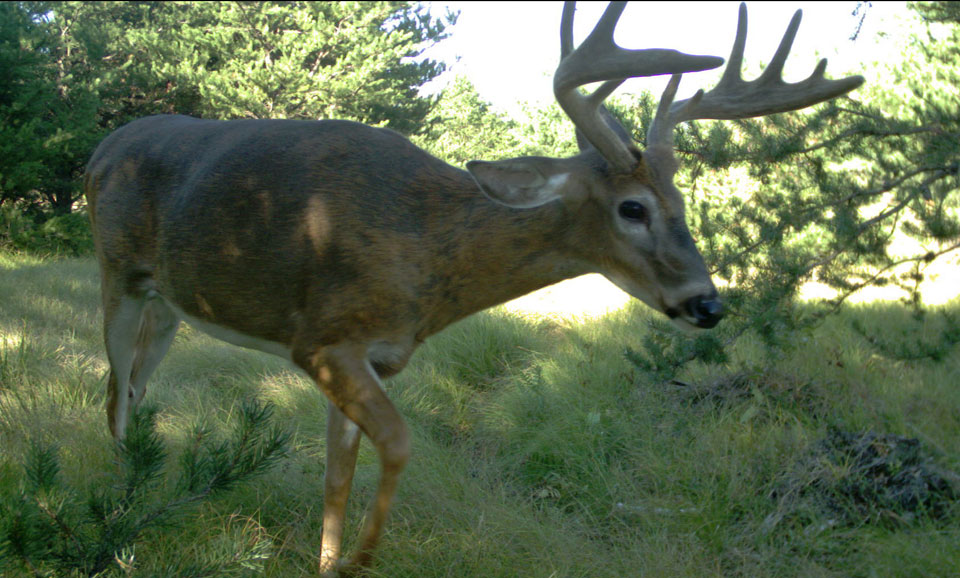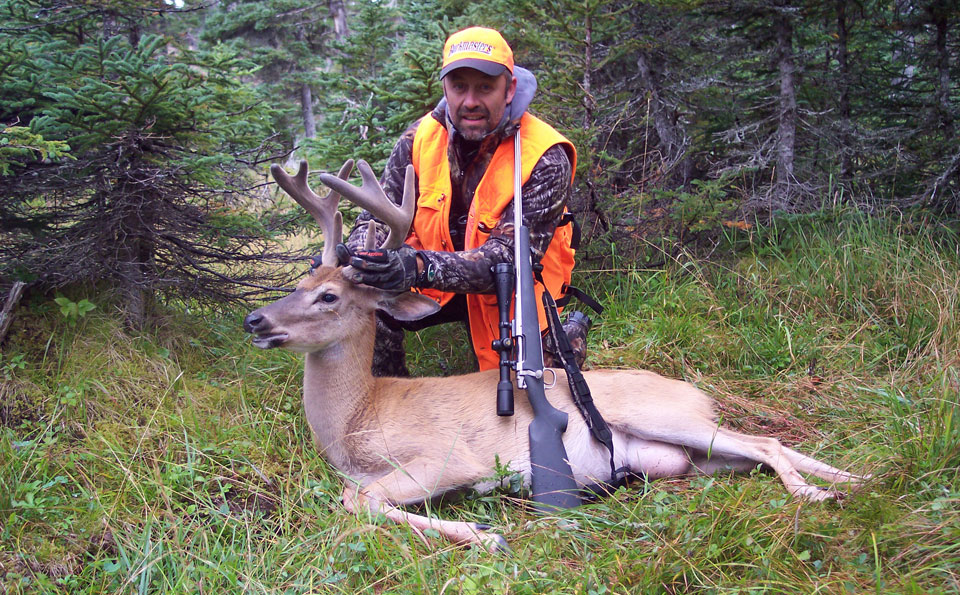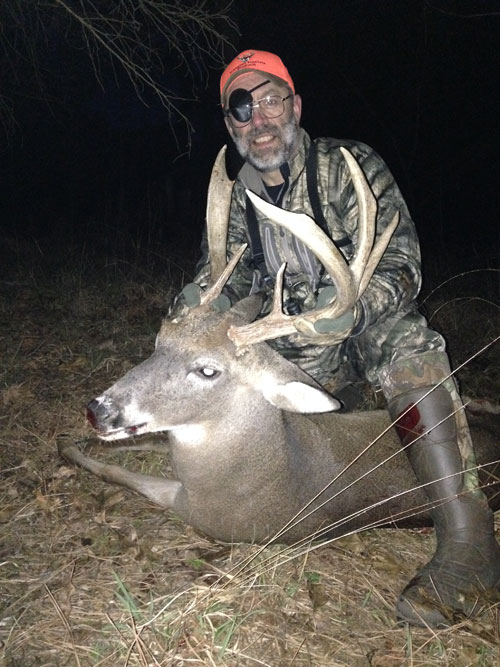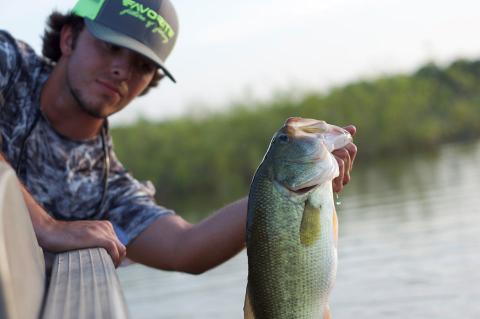Bob Humphrey

There’s no question that whitetails rule the hunting world. They have many fascinating traits, but the thing that attracts us most is the set of antlers adorning their heads. Antlers are remarkable works of nature’s art. Each set is unique, though some are quite different from the norm, and just as interesting is what makes them that way.
In antler-ology, aberrations are typically referred to as non-typicals, and they come in numerous variations. In addition to, or instead of the basic, typical rack, the non-typical rack possesses something different. More common examples include things like sticker points, drop or forked tines and webbed or palmated beams. More radical examples include split or multiple man beams, a cluster of points sprouting directly from the burr or antlers that resemble clumps of coral more than a deer rack.
Antler oddities can be divided into two classes: those that result from injury or disease and those that don’t. The major causes of non-injury abnormalities are genetics and age. According to Kip Adams of the Quality Deer Management Association, some research suggests that more than half the bucks in wild populations have the genetic potential for abnormalities. Most just never live long enough to express them. All bucks, if they live long enough, will show some type of decline in antler quality or symmetry as they get long in the tooth but some can be quite strange.
Genetic traits are often passed down through successive generations, and can be very localized. For example, palmated beams might be more common in one area, while sticker points show up more often in another. They can also be more widespread, particularly in genetically isolated populations like Canada's Anticosti Island, where bucks often lack brow tines.

Injury-Induced Abnormalities
Another major cause of abnormal antler growth is injury; and the type of growth varies with the type of injury. For example, injuries to the pedicel or skull often result in abnormal growth of most or all of the antler, particularly if the injury occurs early in the growth cycle (because antlers grow from the tips). Sometimes it's so severe there's no growth at all. The abnormal growth, or something similar, is carried on throughout the life of the deer.
 Occasionally a deer will experience injury directly to the antler sometime during antler growth. This can result in most or all of the antler being abnormal, and is often easy to distinguish. Antlers may look like they started growing fine, then went awry, Sometimes you can literally see where a growing antler was broken, then re-healed and continued growing. So long as there's no damage to the pedicel, this type of abnormality will likely not recur in successive years.
Occasionally a deer will experience injury directly to the antler sometime during antler growth. This can result in most or all of the antler being abnormal, and is often easy to distinguish. Antlers may look like they started growing fine, then went awry, Sometimes you can literally see where a growing antler was broken, then re-healed and continued growing. So long as there's no damage to the pedicel, this type of abnormality will likely not recur in successive years.
Occasionally there will be some injury to the antler nerves. When this happens, the antler, or more precisely the nerve, has a certain amount of "memory." And even if the injury heals, the abnormality may recur in successive years.
Injuries to the body can also affect antler growth and in different ways. Interestingly, injury to a hind limb will result in abnormal antler growth on the opposite side, while injury to a front limb will affect antlers on the same side.
According to Kip Adams, "If the injury is severe enough to the body that it affects antler growth for that one year, even if [the deer] recovers, it most likely will carry that abnormality for the rest of his life." However, it's not genetic so he's not going to pass it on.
One of the more common non-typical formations are referred to as "spike-on-one-side" (SOS or SOOS) bucks and the malady is common enough that an Auburn University student, Gabe Karns studied the phenomenon to try and determine causes. From a sample size of 71 SOS bucks he was able to assign probable cause to 44, 34 of which were the result of pedicle or skull trauma (likely due to fighting). Due to sample collection protocol, he couldn't determine if other cases may have been the result of healed leg fractures, old gunshot wounds or other skeletal injuries, though previous research indicates that as a likely cause. He also noted that antler deformities due to skeletal injuries progressively disappear with each subsequent antler growth cycle. That means yearling SOS bucks may well develop normal antlers in another year or two.
Among the strangest abnormalities is antlers that fail to shed their velvet, which can result from injury, disease or some other physical deformity. Undersized, non-descended or injured testes could inhibit release of testosterone at the proper time and level. As a result, a buck could retain its velvet antlers indefinitely. Some deer - called hermaphrodites or pseudo-hermaphrodites - may have reproductive organs of both sexes, and may outwardly appear to be antlered does.
Maybe you learned something new about the variations in a deer's antlers. Perhaps you have more to learn about the whitetail than you thought.






























